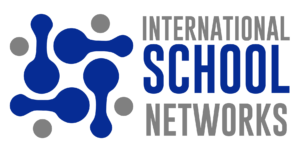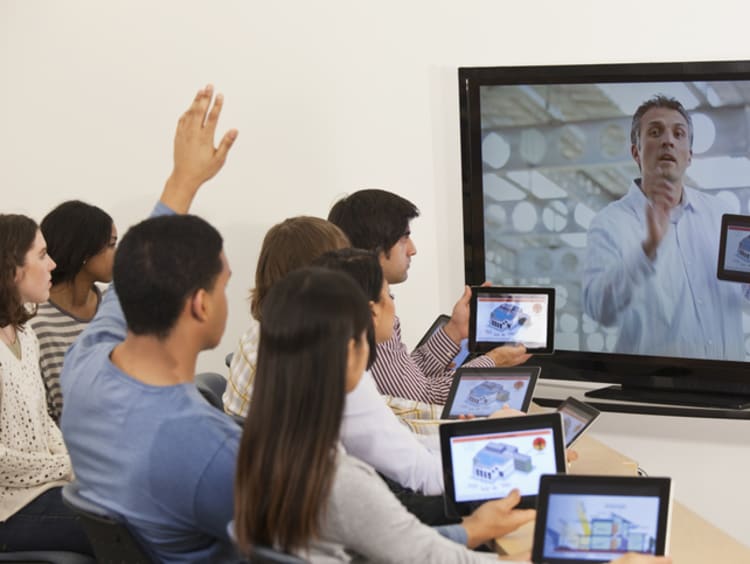In the age of globalization and rapid technological advancements, education has undergone a profound transformation. Traditional classroom settings are evolving into global learning environments, where educational technology plays a pivotal role. International schools, such as those in the International School Network (ISN), are at the forefront of this educational revolution, harnessing the power of technology to enhance learning experiences for students from diverse backgrounds. In this blog, we will delve into the world of educational technology in global classrooms and explore how it is reshaping international education.
The Global Classroom: A New Paradigm
The concept of the “global classroom” has emerged as a result of increased connectivity and the breaking down of geographical barriers. No longer confined to a single physical space, classrooms today transcend borders, providing students with access to a world of knowledge and diverse perspectives. Educational technology serves as the bridge that connects students from different corners of the globe.
- Virtual Learning Environments
Virtual learning environments, often powered by Learning Management Systems (LMS), have become a cornerstone of global classrooms. These online platforms facilitate seamless communication, collaboration, and content delivery. ISN, like many international schools, utilizes LMS platforms to provide students with a central hub for accessing course materials, assignments, and discussion forums.
- Video Conferencing and Webinars
Real-time video conferencing tools, such as Zoom and Microsoft Teams, have revolutionized global education. They enable teachers and students to engage in face-to-face interactions regardless of their physical locations. ISN leverages these tools to host virtual classrooms, connect with guest speakers from around the world, and facilitate cross-cultural exchanges.
- Open Educational Resources (OER)
Open Educational Resources, including online textbooks, videos, and interactive simulations, have made quality educational materials freely accessible to students worldwide. ISN incorporates OER into its curriculum to enhance learning resources and reduce educational costs for families.
- Language Learning Apps
For international schools like ISN, language learning is a fundamental component of the curriculum. Educational technology has made language acquisition more engaging and interactive. Language learning apps like Duolingo and Rosetta Stone provide students with immersive language experiences, helping them become proficient in multiple languages.
Benefits of Educational Technology in Global Classrooms
The integration of educational technology in global classrooms offers a multitude of benefits, both for educators and students:
- Access to Quality Education
Educational technology ensures that students have access to high-quality educational resources and materials, regardless of their geographical location. This promotes equity and inclusivity in education.
- Personalized Learning
Technology allows for personalized learning experiences. Adaptive learning platforms can assess students’ strengths and weaknesses and provide tailored content and feedback.
- Enhanced Collaboration
Global classrooms thrive on collaboration. Online tools and platforms enable students to collaborate on projects, engage in discussions, and gain exposure to diverse perspectives, fostering global competence.
- Global Networking
Educational technology facilitates global networking opportunities. Students can connect with peers from different countries, fostering cultural awareness and a sense of global citizenship.
- Professional Development
Educators benefit from ongoing professional development opportunities through online courses, webinars, and collaboration with international colleagues. This continuous growth enhances teaching practices and benefits students.
ISN’s Approach to Educational Technology
ISN recognizes the transformative potential of educational technology in global education. As part of our commitment to providing a world-class education, we have adopted a holistic approach to technology integration:
- Blended Learning
ISN implements a blended learning approach, combining traditional classroom instruction with online resources and virtual interactions. This approach provides flexibility while maintaining the value of in-person teaching.
- Digital Literacy
We prioritize digital literacy as a foundational skill. Our students are taught to navigate the digital landscape responsibly, critically evaluate online information, and harness technology for their academic and personal growth.
- Multimodal Learning
ISN embraces multimodal learning, which allows students to engage with content through various media, such as videos, podcasts, interactive simulations, and text. This diversity of formats caters to different learning styles and preferences.
- Professional Development
Our educators undergo continuous professional development to stay updated with the latest educational technology trends and best practices. This ensures that they can effectively integrate technology into their teaching methodologies.
- Cybersecurity and Data Privacy
ISN places a strong emphasis on cybersecurity and data privacy. We employ robust measures to protect students’ personal information and ensure a safe online learning environment.
Challenges and Considerations
While educational technology offers immense benefits, it also presents challenges and considerations, particularly in global classrooms:
- Access Disparities
Not all students have equal access to technology and the internet. Addressing these disparities is essential to ensure equitable learning opportunities.
- Digital Fatigue
Excessive screen time and digital fatigue can be detrimental to students’ well-being. Balancing online and offline activities is crucial.
- Teacher Training
Effective technology integration requires well-trained educators. Investing in teacher training is vital to maximize the benefits of educational technology.
- Data Security
Protecting students’ data is a top priority. Schools must implement robust cybersecurity measures and comply with data privacy regulations.
The Future of Educational Technology in Global Classrooms
As we look ahead, the role of educational technology in global classrooms will continue to evolve. Here are some key trends and predictions for the future:
- Artificial Intelligence (AI)
AI-driven educational tools will become more sophisticated, offering personalized learning experiences, automated assessments, and intelligent tutoring.
- Virtual Reality (VR) and Augmented Reality (AR)
VR and AR will enhance immersive learning experiences, allowing students to explore historical sites, conduct virtual science experiments, and engage in hands-on simulations.
- Gamification
Gamified learning platforms will make education more engaging and interactive, motivating students to actively participate in their learning journeys.
- Data Analytics
Advanced data analytics will provide insights into student performance, enabling educators to tailor instruction and interventions more effectively.
- Cybersecurity
Schools will place a heightened focus on cybersecurity, protecting sensitive student information from cyber threats and breaches.
Conclusion
Educational technology has ushered in a new era of global education, where the boundaries of the classroom extend beyond borders. International schools like ISN are embracing this transformation, leveraging technology to provide students with enriched learning experiences, foster global competence, and prepare them for a future marked by global interconnectedness.
The future of educational technology is promising, offering opportunities for personalized learning, global collaboration, and innovative teaching practices. While challenges exist, they are opportunities for growth and improvement. As we continue to explore the possibilities of educational technology, ISN remains committed to harnessing its full potential to provide students with a world-class education that prepares them for success in an ever-evolving global landscape.





